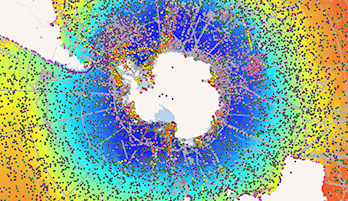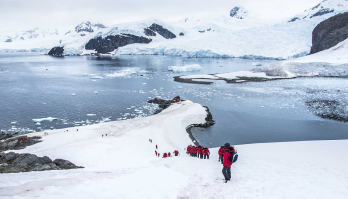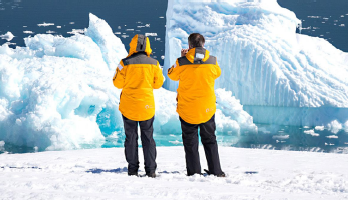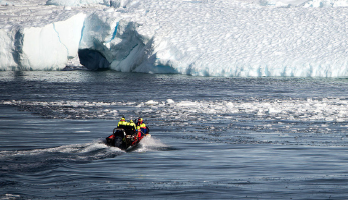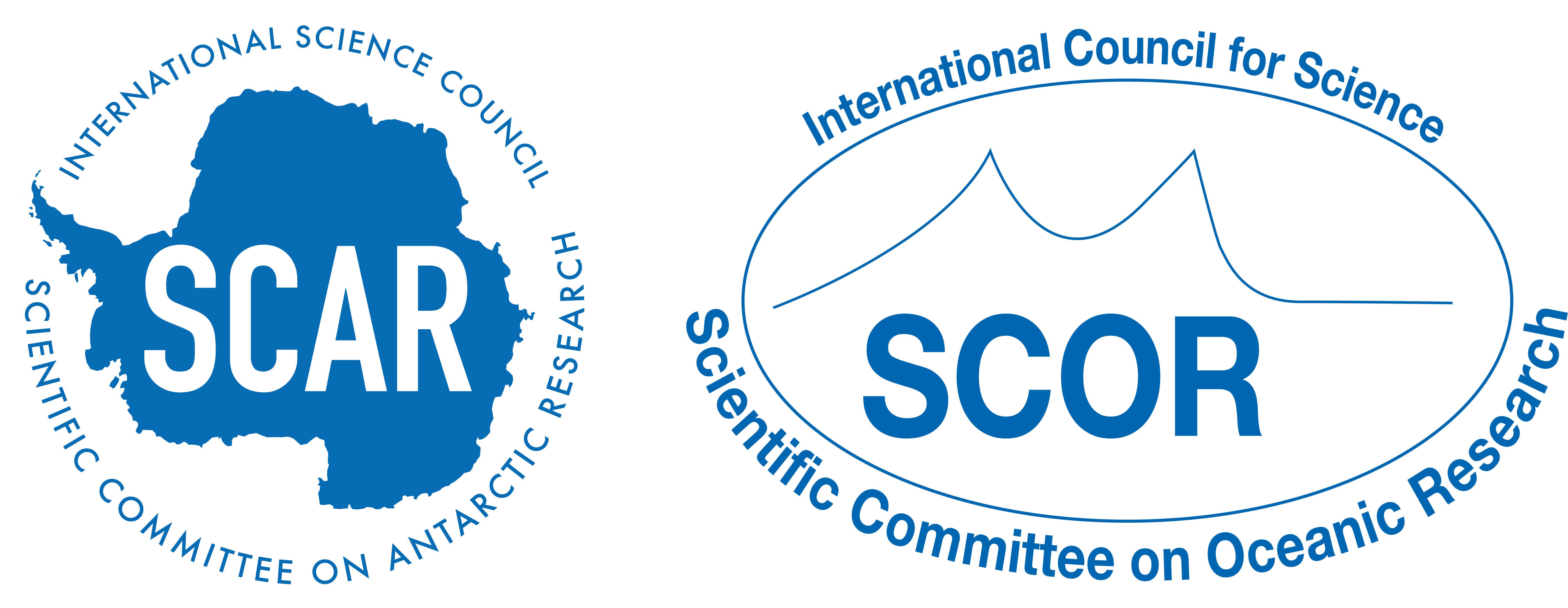The Southern Ocean
Observing System
Facilitating and Enhancing Global Southern Ocean Observations
Facilitating and Enhancing Global Southern Ocean Observations
The objective of this Task Team was to identify and bring together the broad Southern Ocean Air-Sea Flux community to initiate discussions on the status, priority requirements and way forward with enhancing Southern Ocean flux observations.
Air-sea fluxes are a critical link in the climate system because they play a key role in the transfer, movement and storage of heat, fresh water, momentum, carbon dioxide, oxygen, and other gases. Models indicate that future climate is strongly sensitive to processes influencing net air-sea exchange (e.g., 1,2). Nowhere is this more true than in the Southern Ocean, where stratification is low, and properties that exchange across the air-sea interface can readily penetrate along sloping density surfaces into the ocean interior. Furthermore, numerous feedback mechanisms exist in the region, particularly because of the presence of sea ice. Wave breaking, sea spray, and aerosols can further modulate fluxes. Air-sea flux observations, however, are critically sparse in the Southern Ocean3. Most in situ observations of flux-related variables measure basic meteorological quantities such as temperature and wind speed, and turbulent fluxes are determined from bulk formulae that have (with few exceptions4) not been tested extensively in high-latitude, high-wind regimes, especially during harsh winter months. Given the sparseness of the observations, it is perhaps not surprising that gridded flux products from data syntheses and reanalyses differ substantially (see 3,5), in some cases with net heat fluxes differing by 20W m-2 or more in the annual mean (e.g. 6). The Antarctic sea-ice zone, seasonally waxing and waning to either cover or expose nearly half of the Southern Ocean south of 50 S, particularly affects air-sea interaction. This ice cover also governs the albedo, causing seasonal swings in the high-latitude radiation balance that are second only to the Northern Hemisphere snow-covered land. Yet, observed trends in ice cover are poorly understood due largely to uncertainties in knowledge of air-ice-ocean exchanges. While the observations in the open ocean can be characterised as sparse, in the sea-ice zone they are nearly non-existent.
Existing observation efforts are generally through separate national projects, with little internationally defined vision of long-term requirements (including observational, satellite and assimilation requirements) or coordinated strategy for addressing issues and knowledge gaps. There is, therefore, a need to bring together the greater Southern Ocean air-sea flux community and related investigators and users, to identify priority needs, to clarify community vision, and to develop a coherent strategy for continuation and enhancement of existing efforts. Air-sea flux observations from the Southern Ocean have been identified by the Southern Ocean Observing System (SOOS) as being a priority observation gap, and the development of a long-term strategy to address this data and knowledge gap is now required.

